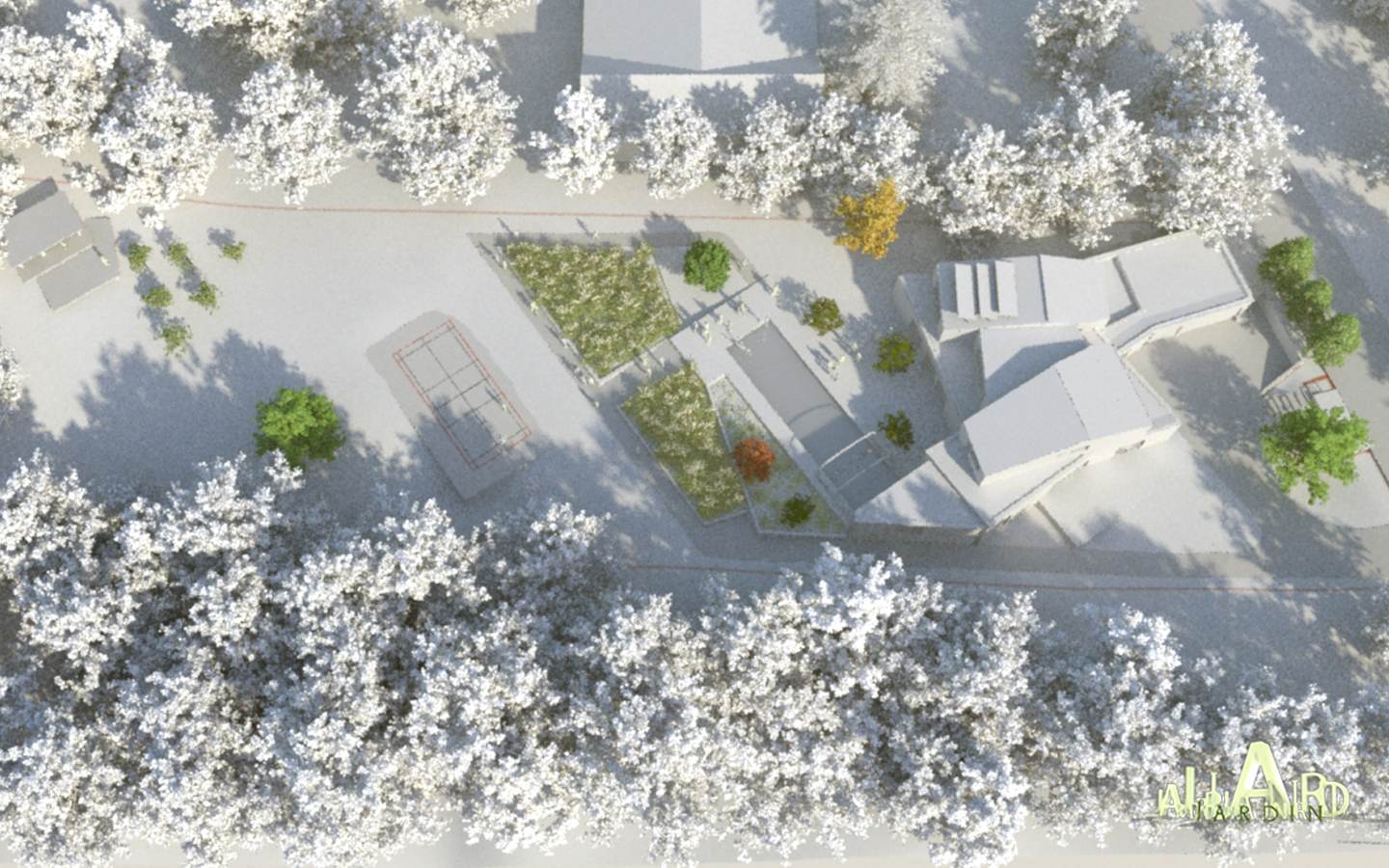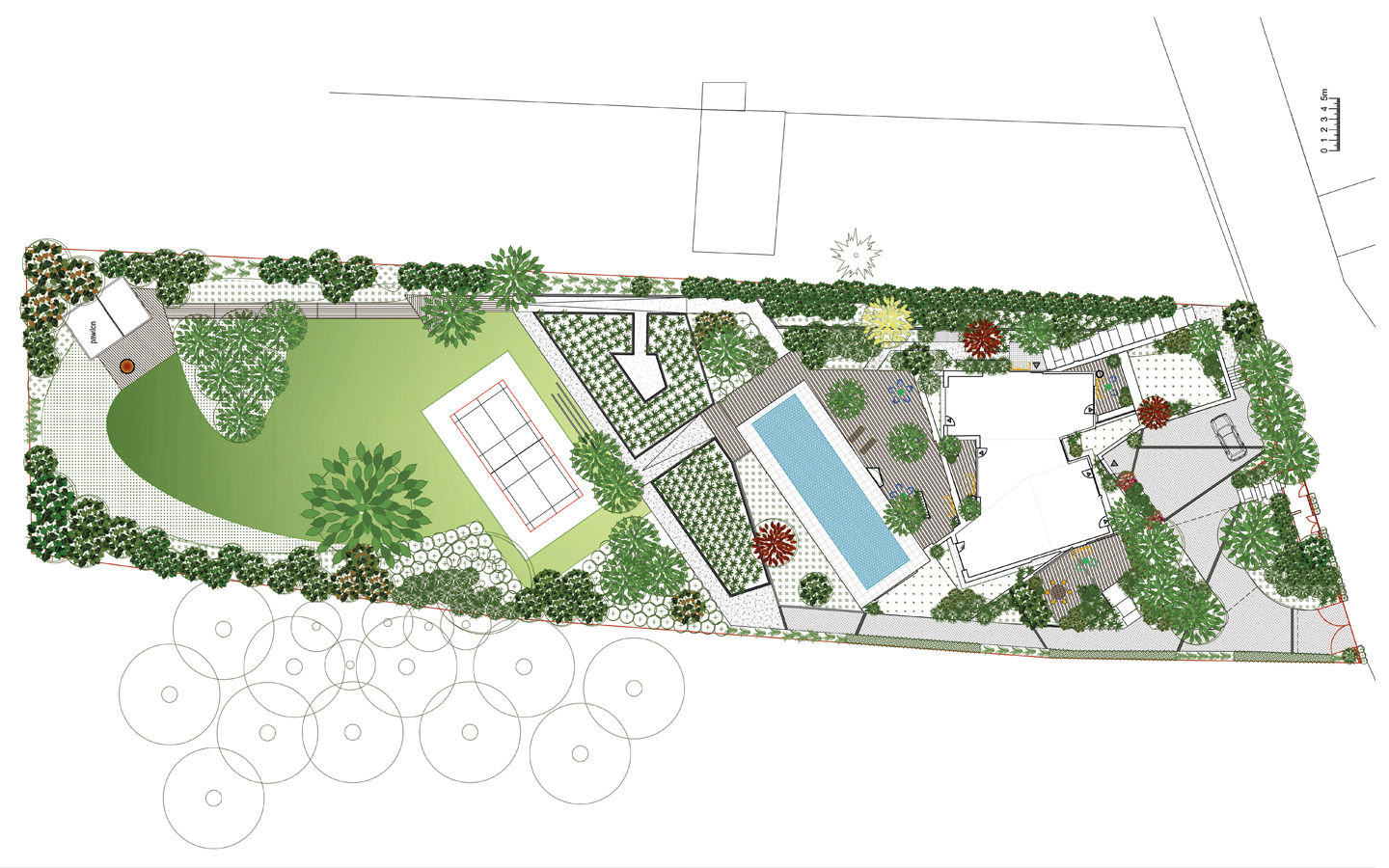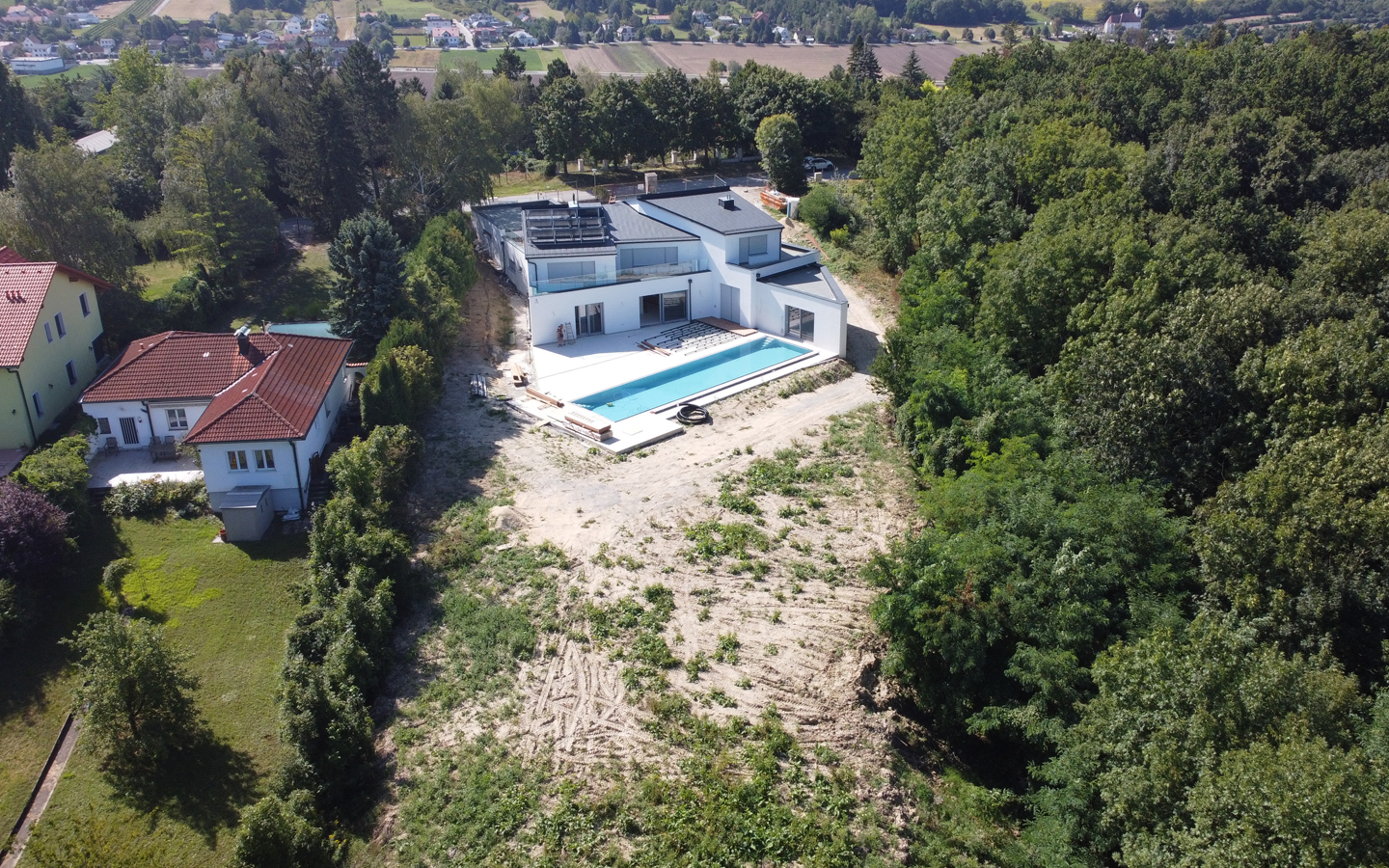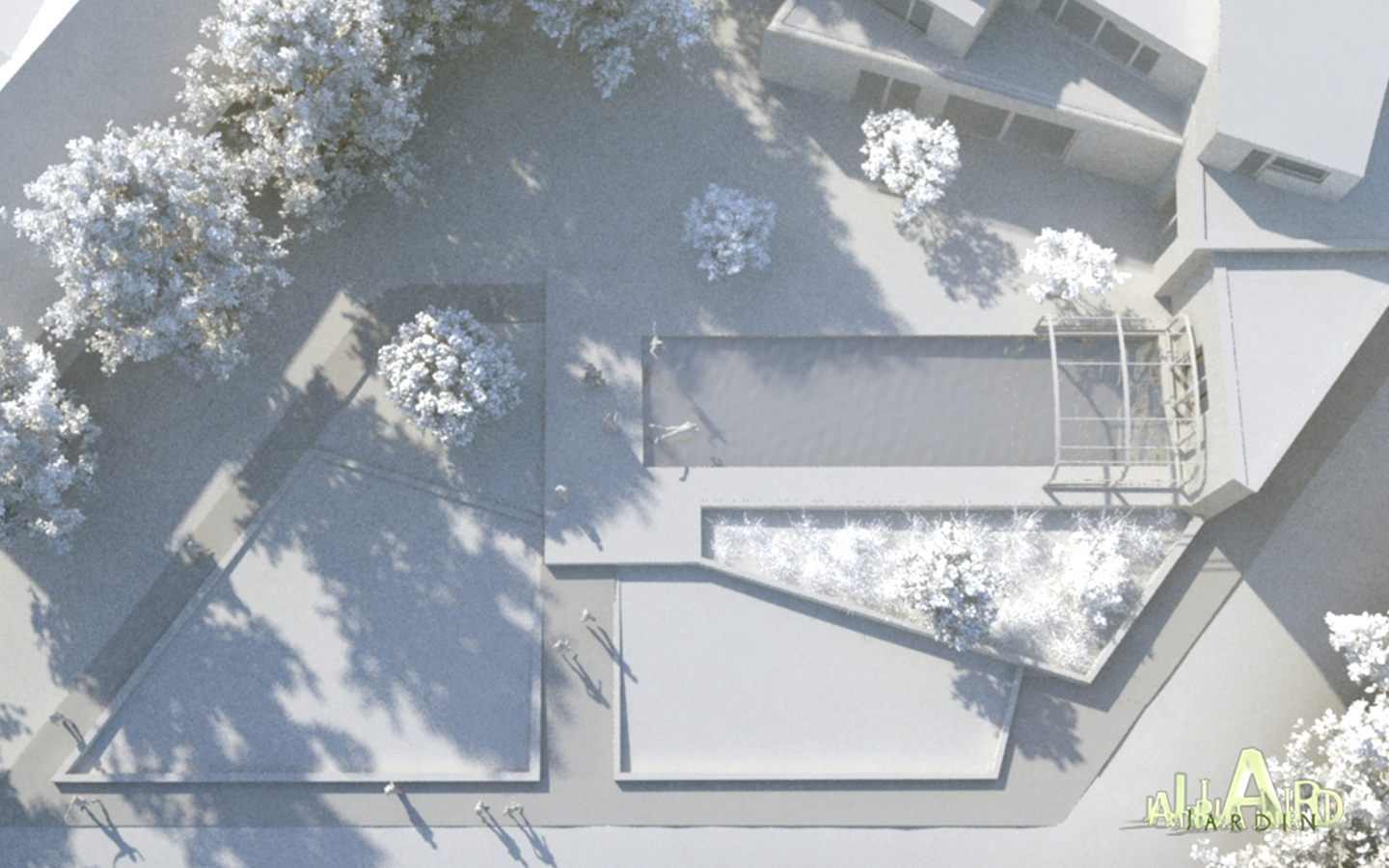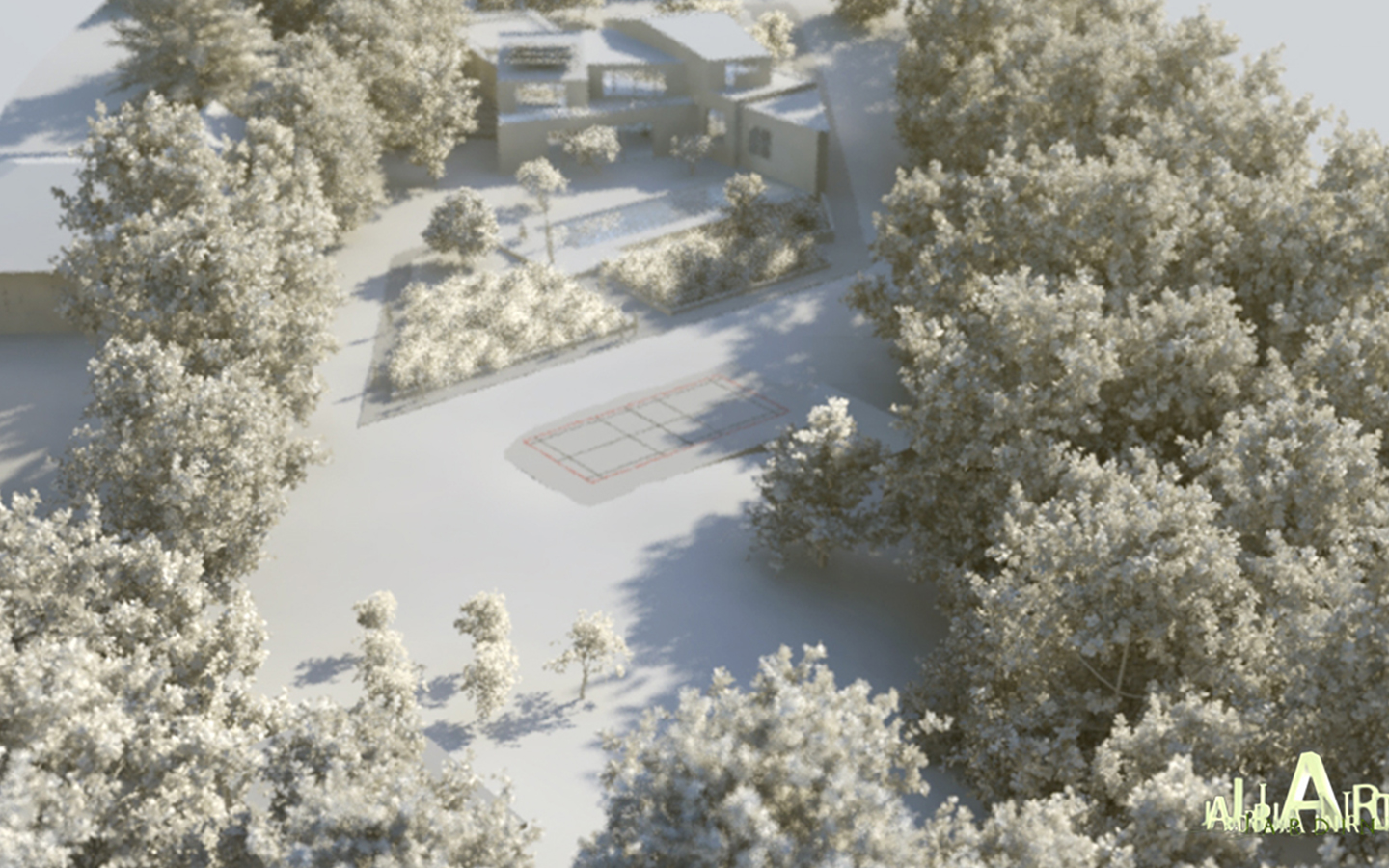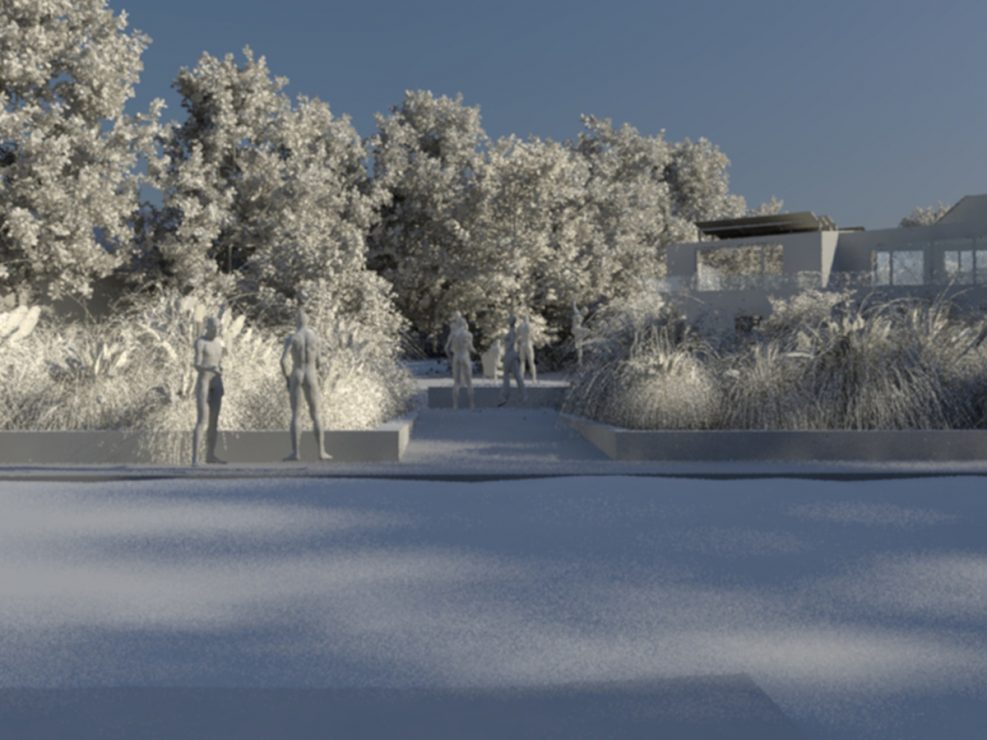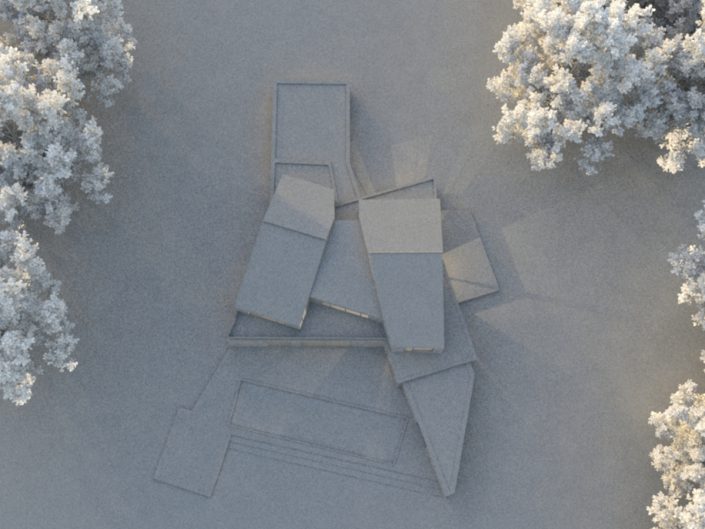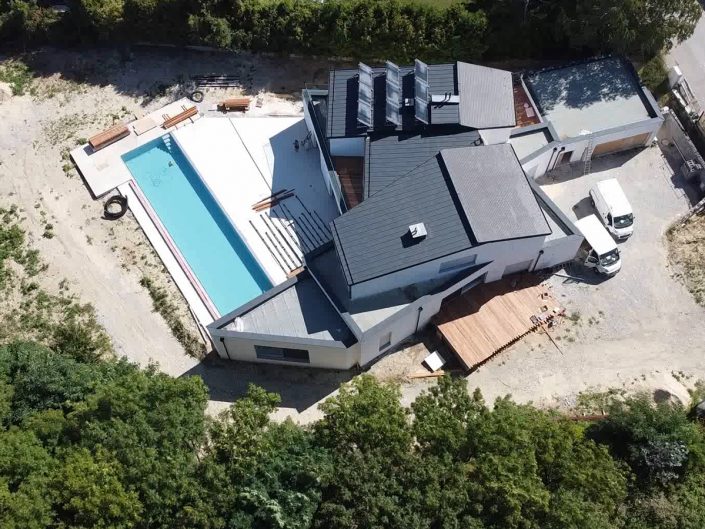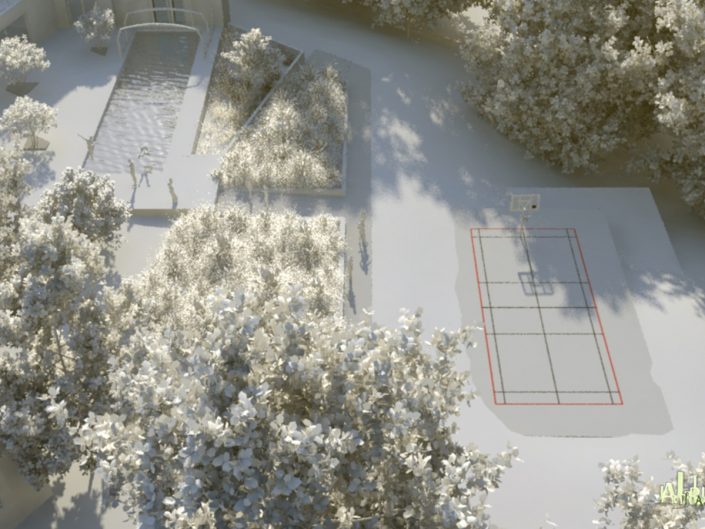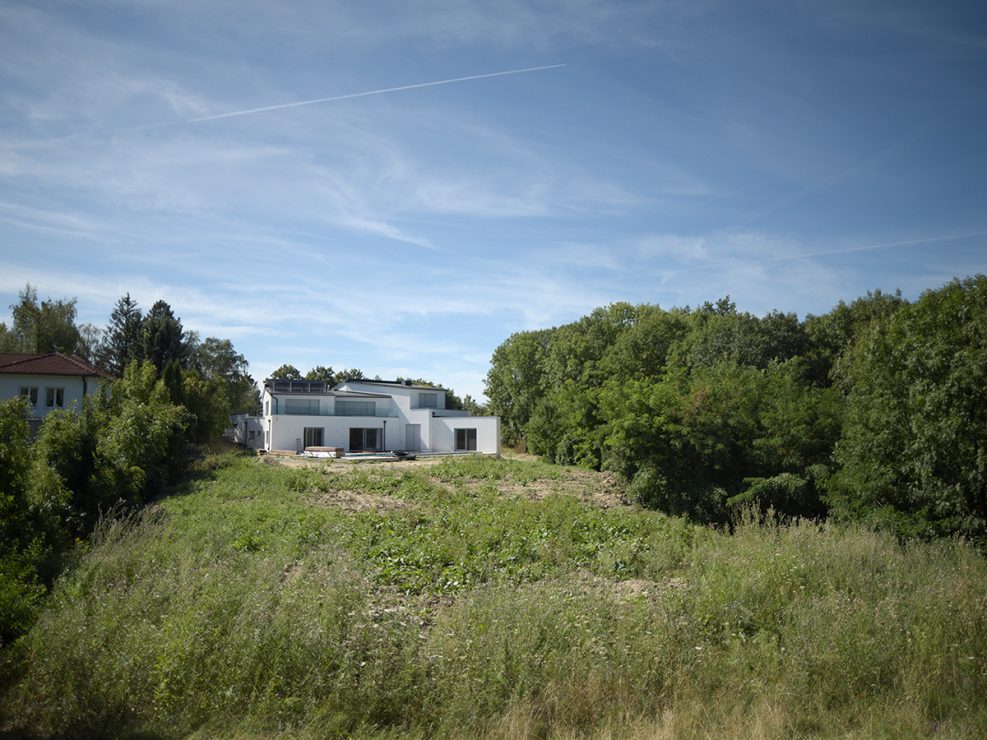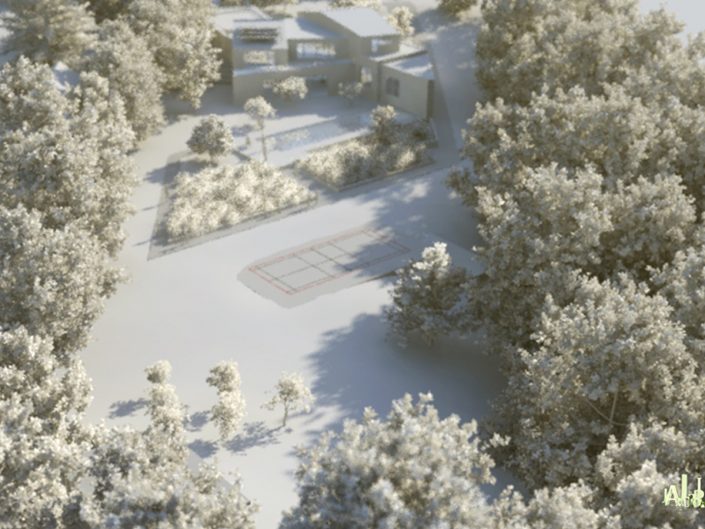tematy
article artykuł automatic irrigation system birds in the garden budget Chelsea Flower Show 2017 children children in the garden costs David Harber detail dzieci dzieci w ogrodzie forest garden fountain garden design garden for children irrigation landscape architecture material media membership ogród dla dzieci ogród leśny ogód dla rodziny path pavement pavilion pergola pond pot referencje surface Sustainable garden trellis water why hire landscape architect
Garden near Vienna
Basic data:
2020 design
4000 m2 plot area
We will plant:
23 trees
576 shrubs
2,625 perennials and ornamental grasses
1010 bulbs
The garden has been divided into several parts of a slightly different nature. The front garden has been limited to the space along the driveway and the entrance to the building. A large flower bed next to the side kitchen terrace separates the front from the rest of the garden and closes the view from the main road.
The large terrace with the swimming pool is accompanied with large, terraced flower beds. At the terrace level there is a multi-species bed of perennials and grasses shimmering with colors. The lower beds is planted with one species of ornamental grass. The path between them leads down to a large lawn with a multi-purpose playing field.
The lawn turns into a flowering meadow growing on the hill at the end of the plot. There has been planned a garden pavilion with a summer kitchen and a terrace overlooking the garden from a completely different perspective.
The modernist building designed by Hufnagl Architekten was literally built into the hill. The original shape of the house was an inspiration for the shape of the driveway surface, flower beds and lawn in the surrounding garden. We wanted a smooth transition from geometric lines in the immediate vicinity of the building to fluid shapes blending into the surrounding landscape.
The views from the windows were particularly important in this project. Each of them has been planned to have several scenes. Plants growing closest to the house are first layer of the view. For example on the terrace with a swimming pool this closest layer is made of small deciduous trees that bloom white in spring and turn orange-red in autumn. Their small umbrella-shaped crowns will give the impression of coziness and optically divide the space into zones belonging to individual rooms in the interior.
Subsequent groups of plants emphasize the viewing axes, which are often ended with an original tree or an element of small architecture. The farther away from the building, the more naturalistic the garden becomes, so that it blends in with the surrounding landscape.


